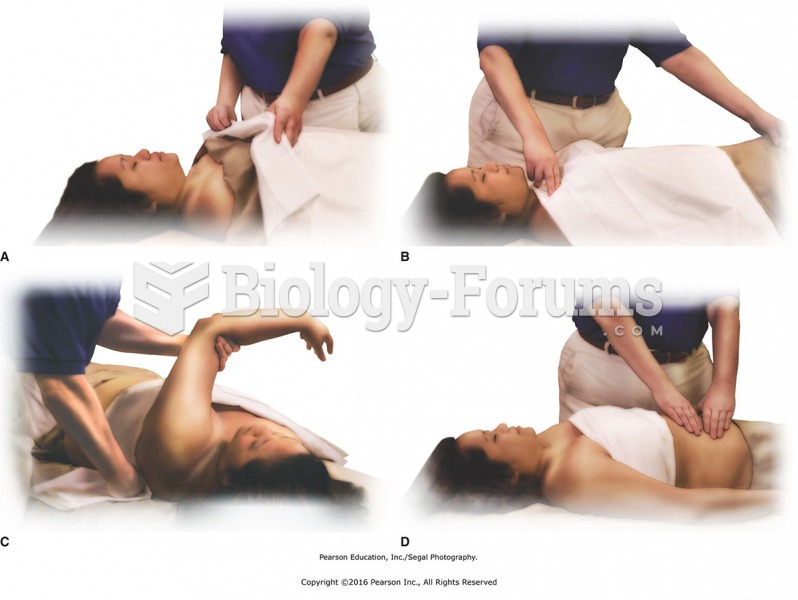This topic contains a solution. Click here to go to the answer
|
|
|
Did you know?
It is believed that the Incas used anesthesia. Evidence supports the theory that shamans chewed cocoa leaves and drilled holes into the heads of patients (letting evil spirits escape), spitting into the wounds they made. The mixture of cocaine, saliva, and resin numbed the site enough to allow hours of drilling.
Did you know?
If you could remove all of your skin, it would weigh up to 5 pounds.
Did you know?
Approximately 15–25% of recognized pregnancies end in miscarriage. However, many miscarriages often occur before a woman even knows she is pregnant.
Did you know?
The longest a person has survived after a heart transplant is 24 years.
Did you know?
The average office desk has 400 times more bacteria on it than a toilet.







